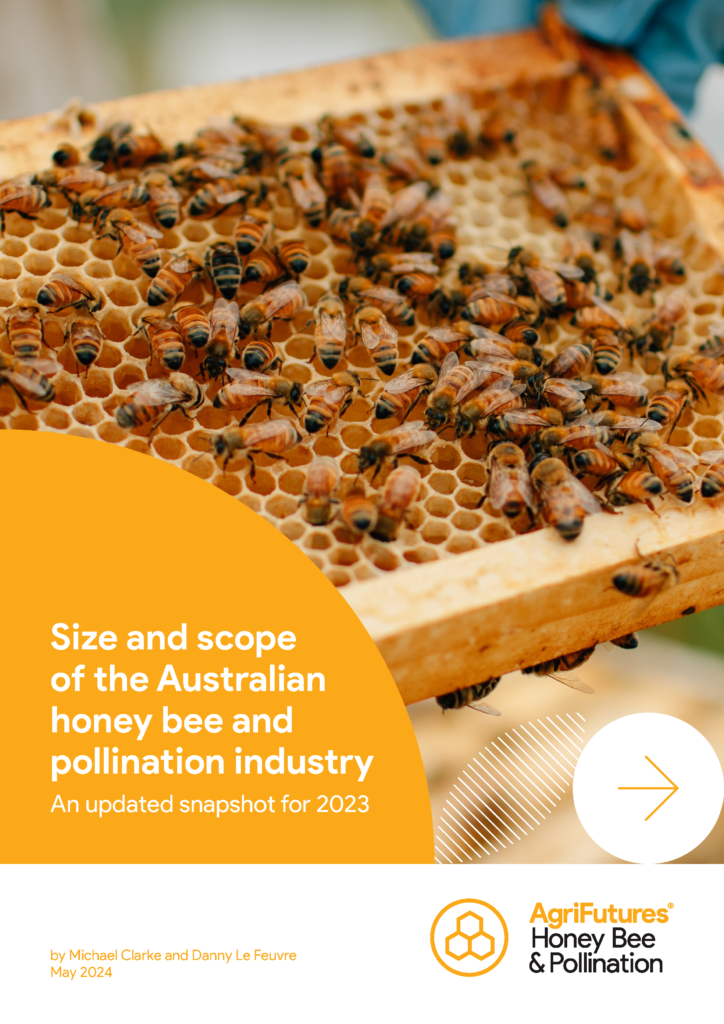In 2020, AgriFutures Australia supported research to develop a detailed statistical picture of the Australian honey bee and pollination industry. Three years on, against a backdrop of a much-changed industry landscape and new challenges and opportunities for beekeepers, the time was right to update this dataset.
The required work to update the data was completed by agricultural economist Michael Clarke and Australian Honey Bee Industry Council CEO Danny Le Feuvre. Together, they sourced and analysed the most accurate data available on the number of commercial and recreational beekeepers, the number of hives owned by beekeepers, levied and non-levied honey production, the value of co-products, the value of exports and imports of hive products, and food production supported by honey bee pollination.
The research unearthed strong industry growth. While the number of commercial beekeeping enterprises remains unchanged at 1,870, the number of hives potentially available for pollination has increased from 532,000 to 630,000. From 2019 and 2023, the farmgate value of the commercial industry increased from $279.2 million to $363.6 million, with most of this increase driven by income from paid pollination. Future growth in the paid pollination sector is forecast.
While growth in the commercial sector has been positive, growth in recreational beekeeping has been even stronger, with the number of registered recreational beekeepers increasing from 27,800 in 2019 to 47,100 in 2023. This is potentially due to requests to register following the June 2022 varroa mite incursion. Prior to 2019, recreational sector growth was associated with introduction of the Flow Hive. The value of the recreational sector is estimated to be $260.2 million.
Findings from the research will be used by AgriFutures Australia to communicate the economic and ecological importance of the industry to policymakers and other interested stakeholders.





